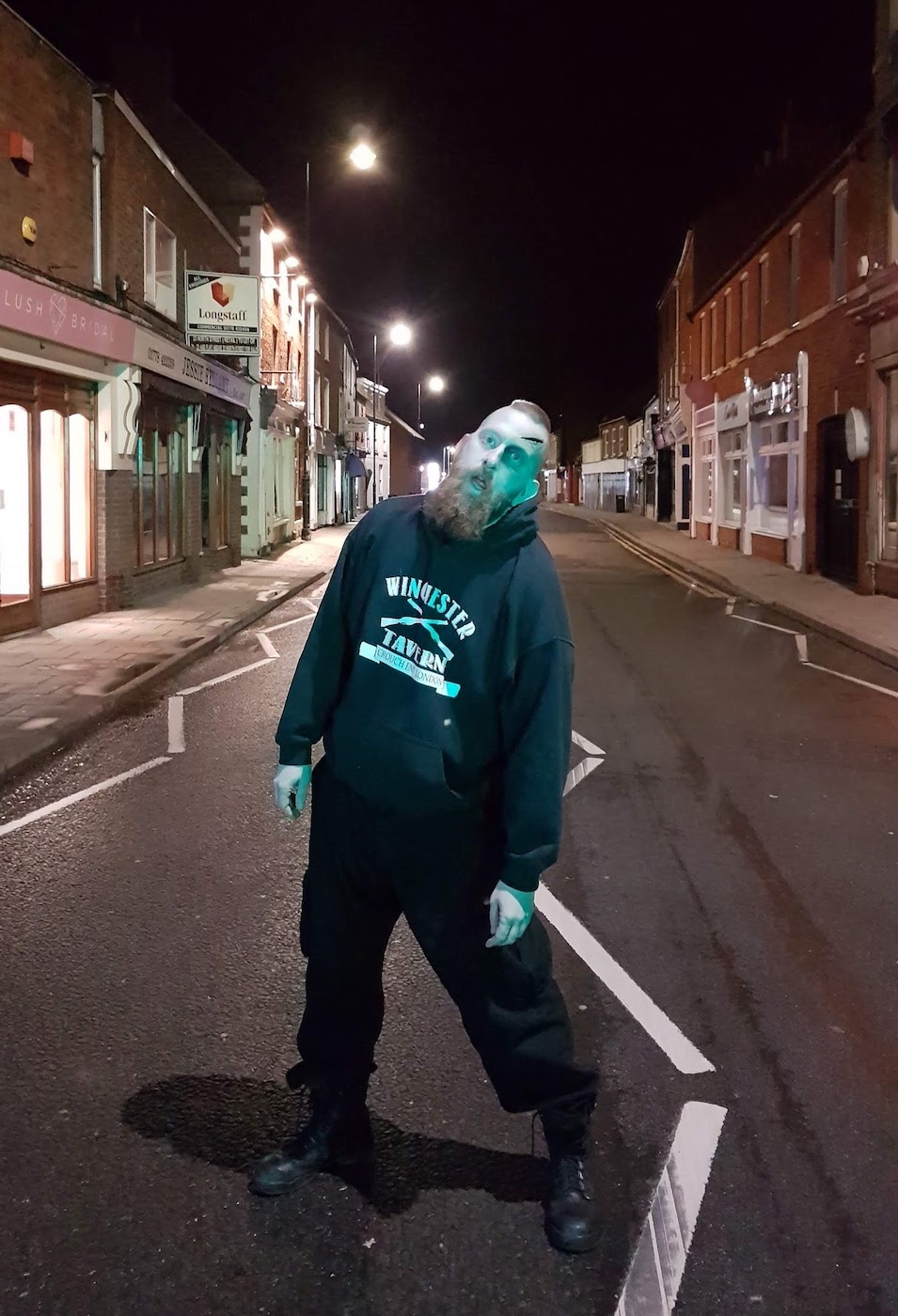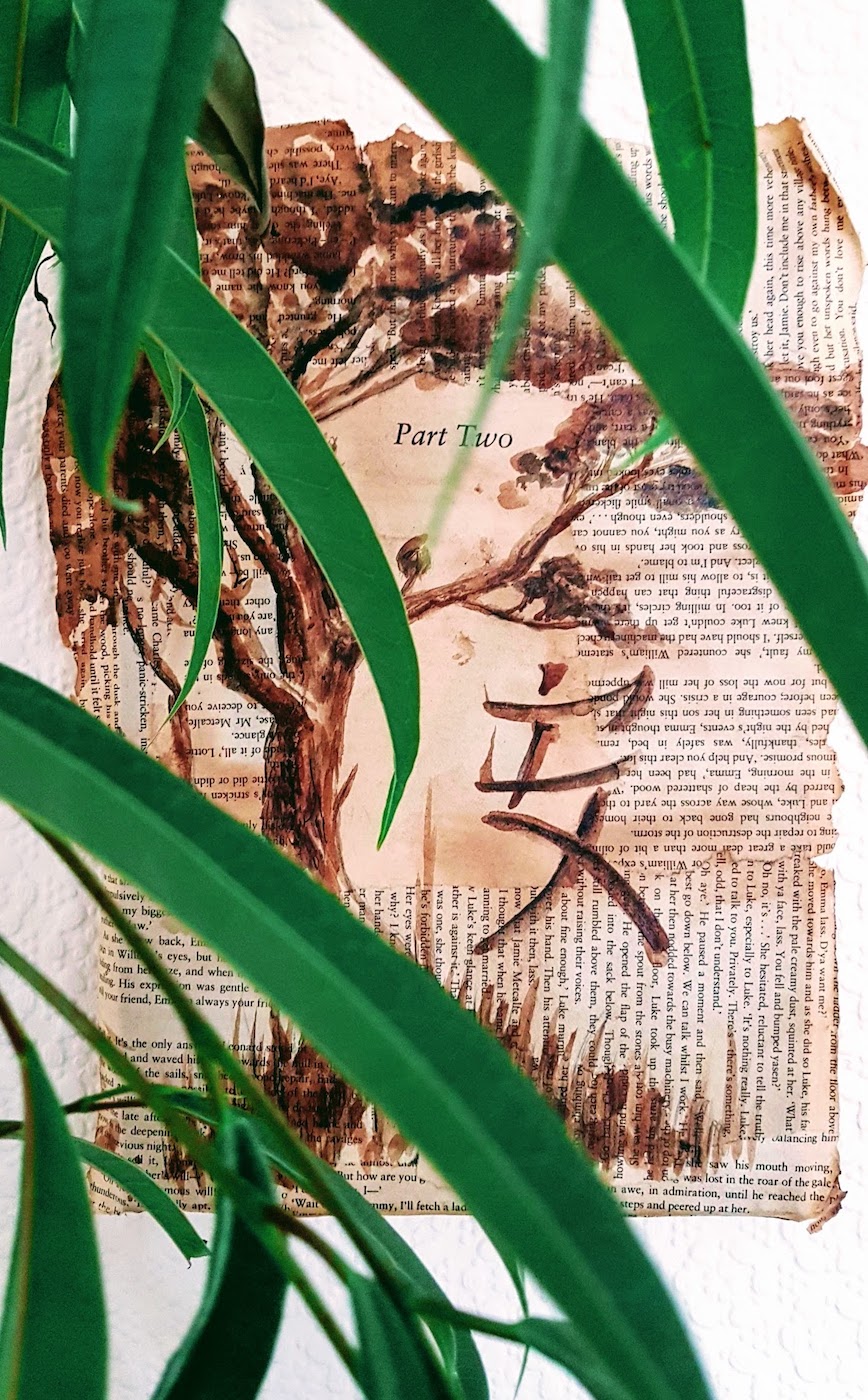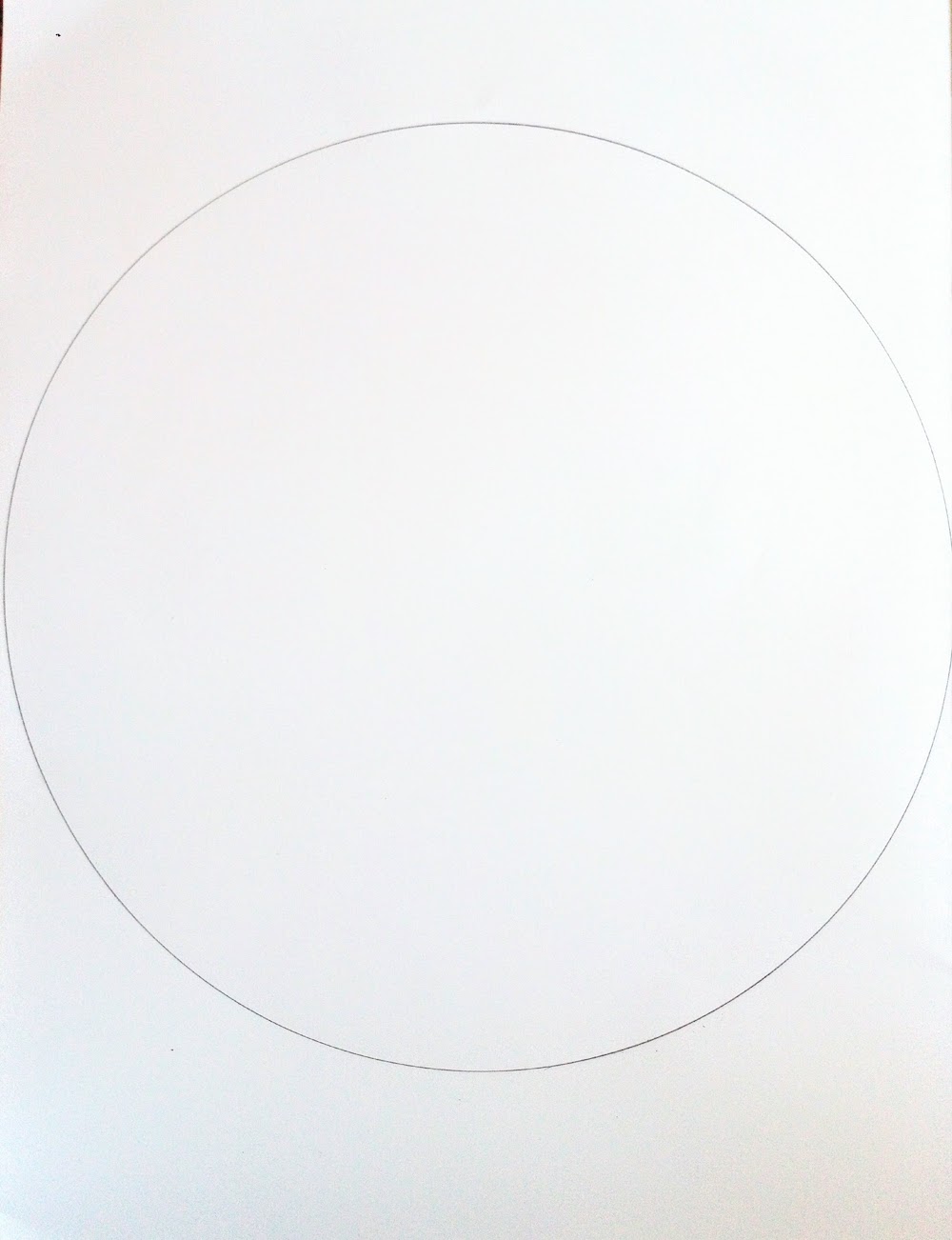FEATURES|COLUMNS|Silk Alchemy
Grow Your Garden: A Simple Practice in Reflection, Part One
They say it takes 21 days of repeated action to create a new habit, and 90 days to make that habit last a lifetime. I feel compelled to wonder what new habits have been formed during this long period of enforced confinement and social distancing, here in the UK and in much of the rest of the world.
23 March 2020
The “apocalypse” arrives in Britain.
Mid-June 2020
Some “nonessential” shops are allowed to reopen after lockdown, and the queues of eager customers for a particular discount clothing store have already stunned many. As one of my daughters observed: “A nine-hour wait so they could be the first ones back into the store because they were just so desperate for their £1 thongs!” A fair point.
End of June 2020
I gaze out of my apartment’s lounge window at the people buzzing around this small market town as lockdown restrictions are eased here in the UK. I watch the few independent store owners busying as they ready to reopen their doors, as if a grand opening was sweeping the nation. It’s easy to get swept up in the excitement, albeit vicariously. However, what is notable, yet sadly unsurprising, is this country’s remarkable relationship with alcohol. At the beginning of lockdown, as many people imagined a zombie apocalypse, martial law, and dystopian shopping malls, alcohol aisles in supermarkets ran pretty empty along with the lavatory paper. Nice combination.
In fact, stores selling alcohol were permitted to stay open as they were considered “essential.”

Many people imagined a zombie apocalypse.
Image courtesy of the author
Early July 2020
The befuddling decision is made to reopen pub doors on the weekend of 4 July, while simultaneously discussing social distancing during the COVID-19 pandemic and the challenges drunkenness may hold. It’s had many people not sure whether to laugh, cry, or throw their hands up in exasperation and give up on it all.
Some people are discovering an unexpected, crippling agoraphobia has set in as they are “released” back into the abyss of the outside world after months of confinement in their homes.
Had 90 days really made new habits? Of course, maybe alcohol consumption increased and actually the last few months have been more like one big hedonistic Roman holiday? Maybe clothes shopping and a drink in the pub simply felt like normality was finally resuming? A coming home to the familiar.
Today
I read today that one change may become permanent: the option of working from home, if possible. The stressful daily commute, the pollution of our planet, coordinating childcare, negotiating office dynamics, and so on, could all become a thing of the past if people who can, who chose to, can work remotely—I truly hope this sticks!
Coming back to the topic of alcohol, however, it was also involved in a recent conversation with the current running conclusion that it is a symptom of “escapism.” And that it is the true pandemic. Why do so many feel the need, consciously or otherwise, to obliterate reality? Alcohol, drugs, daytime TV, computer games, VR, and so on. Now I’m the first in line to enthusiastically cheer for a good imagination-fueling fantasy; as Einstein is attributed as saying: “If you want your children to be intelligent, read them fairytales. If you want them to be more intelligent, read them more fairytales” as “Imagination is more important than knowledge. For knowledge is limited to all we now know and understand, while imagination embraces the entire world, and all there ever will be to know and understand.”
Humans have also always used some mind-altering substance of one sort or another, often for spiritual reasons, but that’s not the escapism to which I refer. I’m speaking of the reasons that drive us to want to escape, to lose time to a vapidity that one is hard pushed to even recall the next morning. And the curious phenomenon of feeling more oneself behind a mask than naked—a mask both literal and metaphorical. Is it because the reality that has been created around us, the cultures that have spun into existence while we struggle to evolve our brains at the same speed, don’t feel true? Is it because we have lost ourselves and what it means to be alive?

Image courtesy of the author
And so I ask you to recall my previous essay for this column, “Making a Difference: Radical Happiness,” in which I spoke, among other things, about losing our inner balance.
It’s a running thought of mine, that we haven’t really evolved in the way that they tell us we have. Cultures and societies have evolved around us, but our baseline drives, desires, fears, and complications really do not seem to have changed much at all. As many psychologists have postulated, there appears to be a hierarchy of needs—water, food, safety being our most basic—and I say that we also repeat the same stories ad infinitum: the emotional rollercoasters of love, war, loss, birth, etc. The drive to thrive may once have been met by hut building and hunting. Now it’s affording a mortgage and a credit card. The battlefields of war are now in the corporate world. Opposing clans still fight for power.
We are our ancestors.
But one thing many once had that many today do not, is nature. This fundamental disconnect means we cannot feel the Earth’s energy beneath our feet. Nor can many do something as simply human as grow their own food, nor benefit from the toxin-purifying oxygen of plants. A NASA study in 1989 recommended at least (yet only) one plant per 9.3 square meters to make an appreciable difference to our air quality.
So, to all, I strongly recommend tending to a plant or three—even if you don’t feel yourself a plant lover. Keep them close to your bed and sleep a bit closer to nature. Chrysanthemums, bamboo palms, peace lilies, spider plants, and ivy are a few of the simple plants known to be highly effective at purifying the air. Heck, we can even grow plants from our vegetable offcuts.
But for those feeling a more personal imbalance, or those who desire more clarity of purpose, or those curious about deeper unconscious processing, or, like many of us, those simply searching for the inner contentment that I spoke of in last month’s essay, and how it can help radiate and hopefully become the new healthy pandemic, I come to the first exercise that some may find useful. Naturally this is not a substitute for professional help, should it be needed.
The exercise is wonderfully simple:
Either print the image below, or use any piece of plain paper and draw a circle that nearly fits the page. Have a stack of them ready to pick up and go for each day you’d like to do this exercise. My minimum recommendation is for a week, although a month would offer more insights. And be not fretful—drawing skills are not required!
All there is to do is:
Draw a tree.
Write a few notes after you have completed the tree.
Title it, if you wish.
Date it.
Sign it.
Put it away.
No one else ever need see your drawings. This is your journey, but it is not about improving any artistic skillset or impressing anyone.
If you can, set aside a time for this exercise every day. Anywhere from 10 minutes to however long you need. You do not need to be in a meditative state of mind, however. This is “automatic” and spontaneous drawing. If there is heavy, angry rock music playing loudly because that’s your mood when it’s time to draw, keep it playing and draw to it!
If you want to have gentle river sounds playing and mentally transport yourself into a woodland grove, then do so. But remember not to overthink, nor to contrive.

Image courtesy of the author
Say you decide that you will draw at 8pm every evening, even if you’re not in the mood after day three, keep going. It may end up being a stick tree with nothing more than a few lines, and that’s perfect. Simply note that you’re not in the mood and maybe what else is going on around you.
The circle is there, but you may choose to completely ignore its presence in some drawings. In others, you may find the circle to be a significant factor. I shall discuss the relevance of the circle next month.
Each drawing can be utterly different from the others. The use of colors, use of materials—paints, charcoal, pencil, pens, crayons, etc. The key is to use whatever feels right in that moment, on that day.
You may find that one day, you paint one tree only. The next day, you may draw a forest. Another day the tree may be surrounded by mountains, rivers, houses . . . the next day may be totally abstract. The key is to use the tree as the focus, then whatever else is drawn spontaneously around it is perfect.
Do not overthink anything. Don’t plan what you want to do. Just draw. You will feel when you are finished.
Title it, if you wish. Sign it. Date it. Write what you need to write on the reverse. The note keeping is a form of mini-journaling. Simply write as much as feels right. Scribble out anything that is on your mind; what your day may have been like and your mood.
When all is spontaneously done and you feel all is completed, you may wish to spend a while reflecting on it, or simply put it aside.
There is no right or wrong.
Keep all that you have safely away at least until my column next month, when you can take them all out and I will discuss things to reflect upon. I hope that those of you who feel intrigued to introduce this practice into your day will find it of benefit.
Next month or any time afterward, if anyone wishes to share their experiences, please feel free to do so. Until then, enjoy the journey!
See more
Tilly Campbell-Allen (Dakini as Art)
Related features from Buddhistdoor Global
Vivid Realizations: A Journey Through Buddhist Art
The Artful Transformation of Human Suffering: Banksy and Buddhist Art
Dance in the Reality You Have
Apocalypse 2020
More from Silk Alchemy by Tilly Campbell-Allen
See all coronavirus-related content from Buddhistdoor Global














